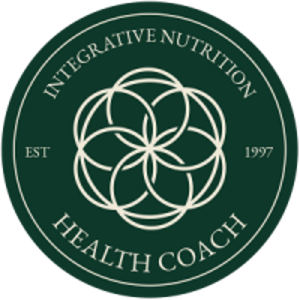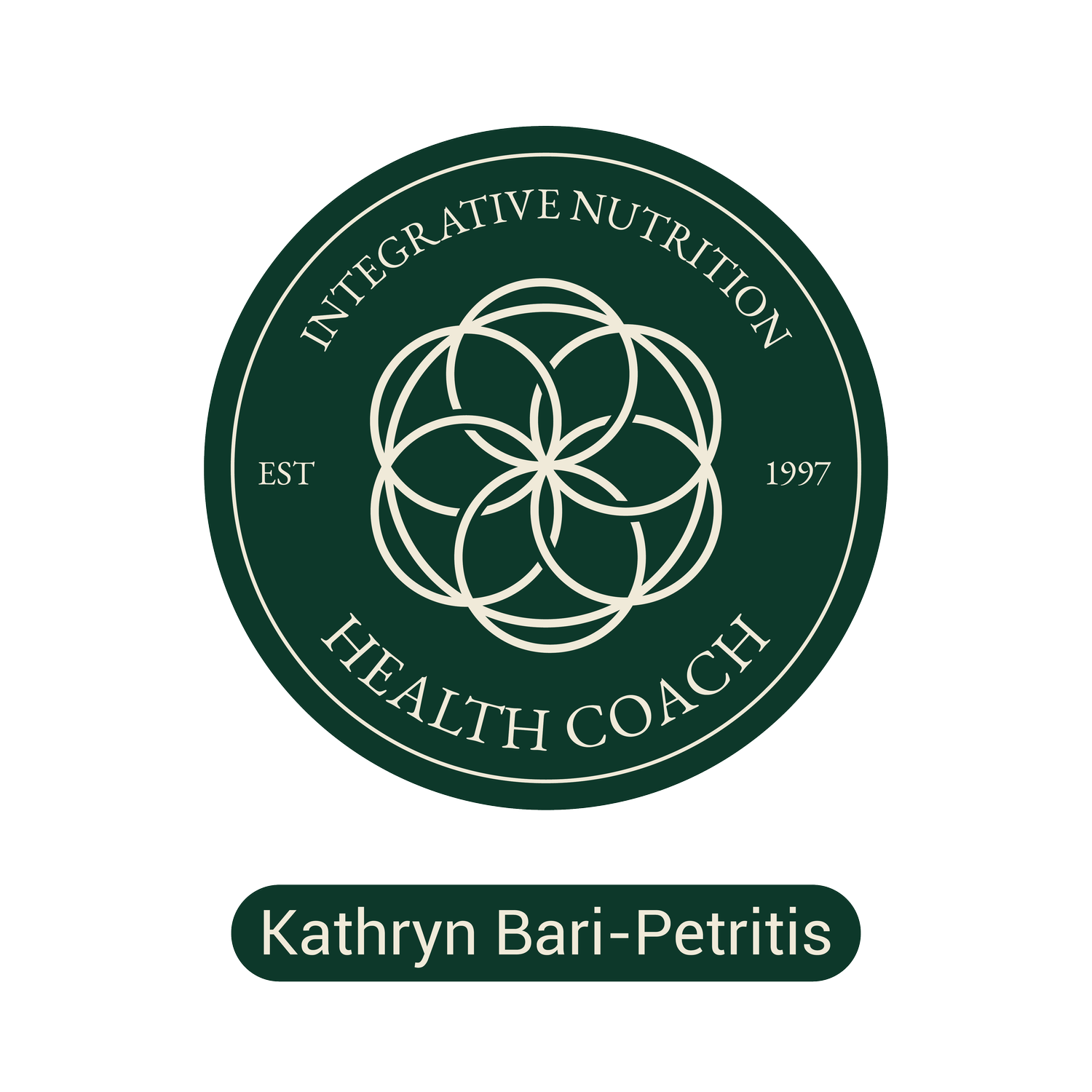The Value of Functional Foods to Support a Healthy Lifestyle
The notion that food plays an enormous role in our health is not new thinking as evidenced by Hippocrates’ statement nearly 2, 500 years ago, “Leave your drugs in the chemist’s pot, if you can heal the patient with food.” We are the living product of a four-million-year partnership with nature, which requires us to continually take in nutrients from food and water.
Our bodies only receive the nutrients that we provide ourselves with at every swallow of our food choices. Every living cell has in it a multitude of organized metabolic enzymes that are the chief workers for over 2,000 proteins in the body. These are regularly produced within the cells if the nutritional chain of life is furnished with “Nutrient-Dense Food.”
Food Compounds
One of the most exciting areas of nutritional research today is the identification and investigation of compounds in plants that can bolster our defenses against agents of disease, reducing risks of cancer and other serious illnesses. So many of these have come into light in recent years, with actions so varied and beneficial, that it is a wonder that the consumption of fruits and vegetables is not going up faster than this.
These protective Phytochemicals are vitally important because our exposure to dangerous organisms and toxins has never been greater. To take just one example, living organisms have always had to deal with oxidative stress of normal metabolism as well as oxidant pressures from the environment.
To the background, we have added tobacco smoke, air pollution, GE-altered foods, and a host of cancer-promoting chemicals in our water and food, some of which are there by accident (industrial effluents) and some by design (pesticides on crops). It is likely that our natural antioxidant defenses—a large group of compounds, some made in our body, others provided by the diet, that work together to salvage free radicals, and block oxidation reactions—are overwhelmed and need all the help they can get.
It is possible to eat all day long and still be starved. Why? Because if you eat foods with little or no nutrition such as overly cooked and re-heated foods, processed fast foods, and chemically produced foods, you will not receive the nutrients you need for cells to function at peak performance, let alone prevent disease. If you’re going to build a house how long would you like it to last—50 years, 100 years?
You need excellent materials. We rebuild our bodies each year, every cell, bone, and brain tissue is completely regenerated by new cells that replace old cells. The liver is completely reconstructed every 3 weeks. If we are not producing quality enzymes it is like we are building a house with soggy cardboard. Our house, like our bodies, is in a weakened state. If our food is out of balance, our bodies are out of balance. This disturbs the fragile integration of body, mind, and spirit.
The following foods act as MEDICINE in the body in that they protect and heal the body. Experts in the field are calling these foods “Functional Foods”.
Functional Foods
Phytonutrients/Phytochemicals—Protective Food Factors in the Functional Foods:
EGCG (epigallocatechin gallate)
Polyphenols
Carotenoids
Indole 3 Carbinol
Lutein
Lycopene
Sulforaphane
Monoterpenes
Phytoestrogen
Polysaccharides
Ellagic Acid
Bioactive Components, Sources, and Health Benefits:
EGCG
Is found in green tea, which is also present in lesser amounts in apples. EGCG shows impressive activity against many forms of cancer. It protects the heart and arteries from oxidative damage. You need to drink about four cups of green tea daily to get optimal dosages. You can use green tea concentrate drops in the form of an herbal extract (a standardized herbal supplement) if you find you cannot drink the suggested amount.
Polyphenols
Found in many plants that have red and purple pigments called anthocyanins and proanthocyanidins. They give color to berries, cherries, red grapes (juice and wine), plums, pomegranates, and red cabbage, and also occur in some beans and grains. The pigments in them protect the heart, lungs, and blood vessels from degenerative changes.
Carotenoids
Protective compounds found in colorful vegetables and leafy green ones play a strong role in disease prevention, especially degenerative changes, and can help retard cancer cell growth. Sources:
Carrots
Sweet Potatoes
Cantaloupes
Butternut Squash
Apricots
Pumpkin
Turnip Greens
Spinach
Spirulina
Sea Vegetables
Indol 3 Carbinol
These potent cancer fighters produce a protective phase 2 enzyme that fights cancer by detoxifying carcinogens and eliminating them from the body. A major role in intestinal health. Carbinol plays a key role in the metabolism of estrogen, reducing the activity of the hormone and decreasing the risk of breast and uterine cancer. Sources:
Cabbage
Kale and Collard Greens
Broccoli
Cauliflower
Mustard Greens
Brussels Sprouts
Bok Choy
Lutein and Lycopene
Lycopene
These are potent antioxidants that scavenge free radicals, thus inhibiting cellular destruction. Lycopene is a preventive factor against one of the primary causes of heart disease and decreases the risks of several types of cancers. Lycopene may reduce the risks of prostate cancer. Sources:
Tomatoes
Watermelon
Pink Grapefruit
Apricots
Lutein
This antioxidant protects vision, lowering risks of developing cataracts and macular degeneration, the most common causes of vision loss in older people. Sources:
Tomatoes
Spinach
Kale
Leeks
Collard Greens
Swiss Chard
Peas
Red Pepper
Sulforaphane
Is one of the three sulfur-containing phytochemical foods that stimulate the production of enzymes that detoxify, which acts to guard against toxic chemicals, carcinogens, and mutagens that may induce cancer and other chronic diseases. Sources of Sulforaphane and other Sulfur Food:
Broccoli
Garlic, Onions
Leeks
Chives
Shallots
Sources of another Sulfur Food, Isothiocyanates
Watercress
Radishes
Cabbage
Monoterpenes (Limeones)
These inhibit mammary tumor growth and are also effective in causing the regression of mammary carcinogens. They fight cancer by detoxifying carcinogens and eliminating them from the body. Sources:
Citrus Fruit Oil
Orange
Grapefruit
Lemons
Limes
Phytoestrogens
Compounds in plants can interact with estrogen receptors in cells in the human body. This is a chemically diverse group, including isoflavones in soy and lignans in flax and other seed oils. There is still a lot to learn about how they work. One theory is that phytoestrogens attach to estrogen receptors but only weakly activate them. Soy isoflavones may have enough estrogenic activity to prevent hot flashes in women and other symptoms of menopause.
They may also protect men from similar hormonal pressures on the prostate. Genistein, the compound in soy is associated with a reduced risk of breast and ovarian cancer by its anti-estrogenic activity. It also inhibits enzymes that promote tumor formation and protects against coronary heart disease. Sources:
High Forms of Soy Protein
Edamame
Miso
Tempeh
Polysaccharides
These are active compounds in a number of medicinal plants and foods that are non-toxic but have powerful enhancing effects on immunity. They resemble constituents of bacterial cell walls and for that reason may be immunologically active. Macrophages—large roving immune cells that leave blood vessels and move through tissues—can gobble up polysaccharides from the cell wall and transport them to other immune cells, initiating a chain of defense events.
This translates into increased numbers and activity of natural killer cells, which are the main destroyers of malignant cells and provide increased resistance to the invasion of bacteria and viruses. Sources:
Button Mushrooms
Edible Wild Mushrooms
Shiitake Mushrooms
Oyster Mushrooms
Maitake Mushrooms
Ellagic Acid
This compound inhibits lung and skin tumors and interferes with certain carcinogenic compounds. Ellagic Acid is an antioxidant polyphenol that helps to scavenge free radicals, which damage membrane lipids and aid tumor production.
They are a part of many phytochemicals that are all potent cancer fighters, such as Allicin in garlic, which lowers blood pressure and acts as a natural antibiotic; Ginger contains shogaols, which counter inflammation. Sources:
Raspberries
Blueberries
Strawberries
Citrus Peel
The definition of “Functional Foods” states
Functional food or medicinal food is any fresh or processed food claimed to have a health-promoting and/or disease-preventing property beyond the basic nutritional function of supplying nutrients. Functional Foods are sometimes called nutraceuticals, a blend of the words nutrition and pharmaceutical, and can include food that has been genetically modified.
The general category includes processed foods made from functional food ingredients or fortified with health-promoting additives like “vitamin-enriched” products.
Genetically Engineered Functional Foods
In 1994, the FDA approved the sale of Monsanto’s controversial recombinant Bovine Growth Hormone (rBGH). This GE hormone is injected into dairy cows to force them to produce more milk. Scientists have warned that significantly higher levels of a potent chemical hormone, Insulin-like Growth Factor, in the milk and dairy products of rBGH-injected cows, could pose serious hazards such as human breast, prostate, and colon cancer. The udder infections requiring increasing antibiotic treatment pose an unacceptable risk to public health.
A number of studies have shown that humans with elevated levels of rBGH in their bodies are much more likely to get cancer. The European Union has had a ban on injecting cows with rBGH in place since 1994. In 1999 Canada banned rBGH use after laboratory rats fed dosages of rBGH showed damage to the prostate and thyroid cysts, indicating potential cancer hazards from the drug.
Ten percent of all US dairy cows continue to be injected with rBGH while no other industrialized country has legalized its use. In the Journal of Medicinal Food, researchers found that concentrations of beneficial phytoestrogen compounds thought to protect against heart disease and cancer were lower in GE soybeans than in traditional strains.
These and other studies indicate that GE foods will likely result in foods lower in quality and nutrition. Does genetically engineered food really fit the description of functional foods?
Conclusion
When processed foods are considered “functional foods” because they might have a “functional food” ingredient or are fortified with health-promoting additives like vitamin-enriched products, we have complicated the simplicity of the natural whole healing abilities of food in its most natural state.
When strawberry milk powder, primarily made with refined white sugar (an ingredient known to promote obesity, diabetes, and mood swings), reads 100% daily requirement of calcium on the front label, it makes the product appear healthy. The calcium claim is misleading. Brand name so-called “functional foods” contain refined carbohydrates, hydrogenated oils, chemical additives like aspartame, MSG, and artificial coloring.
You can’t make this product healthy by adding milligrams of calcium. Big food manufacturers exploit health claims to sell more products, not to fundamentally make their foods healthier. They can take a highly toxic, disease-promoting manufactured food item, add extra calcium and soy, put a healthy-sounding claim on the front label, and be fully approved by the FDA.
Truly healthy foods like Spirulina, an extraordinary health-enhancing super food that contains phytonutrients, vitamins, minerals, and abundant protein, can’t be sold with any health claims whatsoever; yet, instant chocolate milk primarily made with sugar can. Food politics is another lecture. Health-conscious baby boomers have made “functional foods” the leading trend in the U.S. food industry. Functional foods are predicted to become one of the biggest dietary trends over the next 25 years.
REFERENCES
Eating Well for Optimum Health, by Dr. Andrew Weil, MD
Food Politics, by Marion Nestle
“Institute of Food Technologies”, by Claire Hasler, Ph.D.


